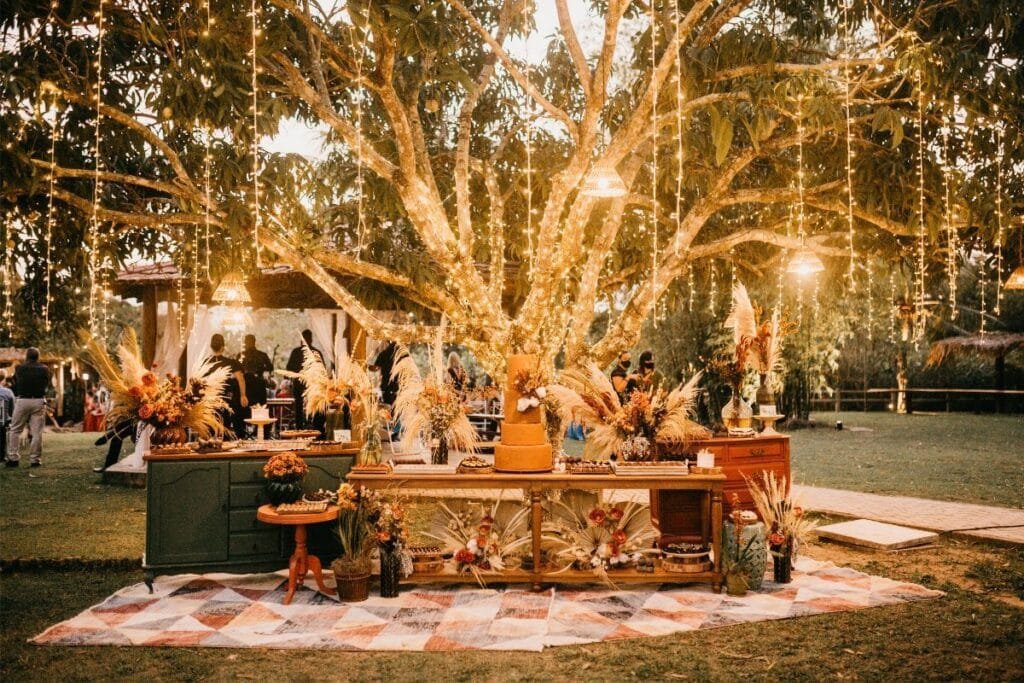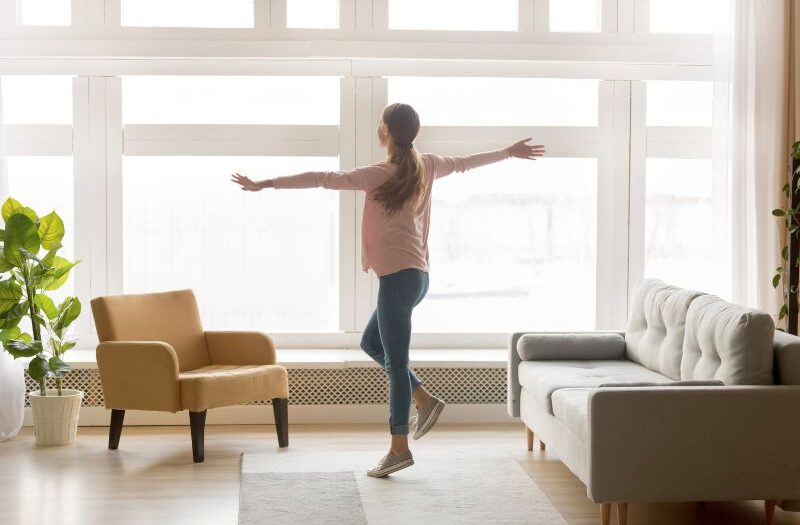The Perfect Ambience Creates “Moments”
Beyond Décor: Shaping Spaces and Unforgettable Moments Using our Senses!
Whether you’re designing spaces or organizing memorable events, the magic lies in creating an immersive experience that activates people’s natural senses.
Bring your innate senses to life in all spaces and occasions—sight, smell, taste, sound, touch, and yes, even intuition. It’s perhaps the most basic, yet often overlooked, aspect of creating a desired environment.
Understanding the Key Senses for an Immersive Experience
Let’s take a moment to really think about what it means to engage all our senses—whether we’re creating a cozy vibe, designing a beautiful room, or setting the mood for something special.
1. Sense of Touch: Enhancing Comfort and Connection

By detecting and responding to physical stimuli, our sense of touch allows us to interact with our environment. Touch provides us with a unique way to experience the physical world, such as warm sunlight on the skin, physical contact with others, and even protection from harm.
Our skin, our largest organ, contains specialized sensory receptors that respond to touch, pressure, temperature, and pain. We use it to identify the shape and size of an object, feel the texture of a surface, and identify the temperature of a room.
Power of Furniture Placement or Seating Arrangement
The importance of touch cannot be overstated when it comes to creating a comfortable and welcoming environment. Observe furniture materials’ tactile characteristics, including temperature, texture, hardness, and softness.
Consider how a wooden table feels warm like room temperature, while a glass table feels cool. A cushion’s softness and fluff provide immediate support. Contrast between smooth stone counters and porous concrete counters. Think about the difference between walking on carpeted or marble floors, and standing on grass or paved surfaces at outdoor events -all these contribute to the sensory experience of touch.
FURNITURE PLACEMENT
Often, furniture placement and seating arrangements are not given the attention they deserve. Whether at home, at work, at meetings, at small gatherings, or at large events, a well-thought-out seating arrangement has a genuine impact on interpersonal dynamics.
By arranging furniture cohesively rather than disjointedly, interaction and communication between people is enhanced.
On a deeper level, it helps people feel comfortable and welcomed—they’re more likely to relax and stay a while, rather than wanting to leave. Even better, the space leaves a good impression and becomes a memory they carry with them.
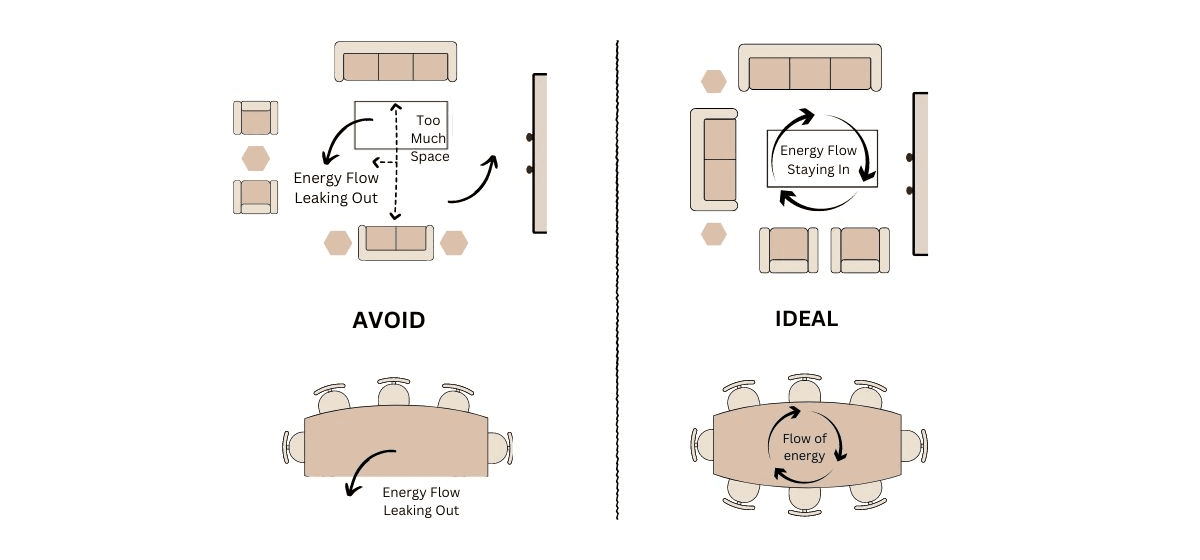
- When seating is arranged in a circle or a cozy, enclosed setup, it naturally creates a sense of intimacy. Think of energy like water flowing through a space—you want it to stay contained, not spill out. Avoid wide gaps or too much empty space between seats. The goal is to help people face each other, spark conversation, and stay engaged, rather than staring off into empty corners.
- Select seating (color, texture, material, comfort, and design) according to your guests’ needs, and arrange the furniture so people can hear each other without shouting.
- Always take the room’s temperature into account. Nobody enjoys feeling uncomfortable cold or hot, which can quickly sour their mood.
These things can help us ensure this sense makes sense!
2. Sense of Sound: Shaping Ambiance through Acoustics
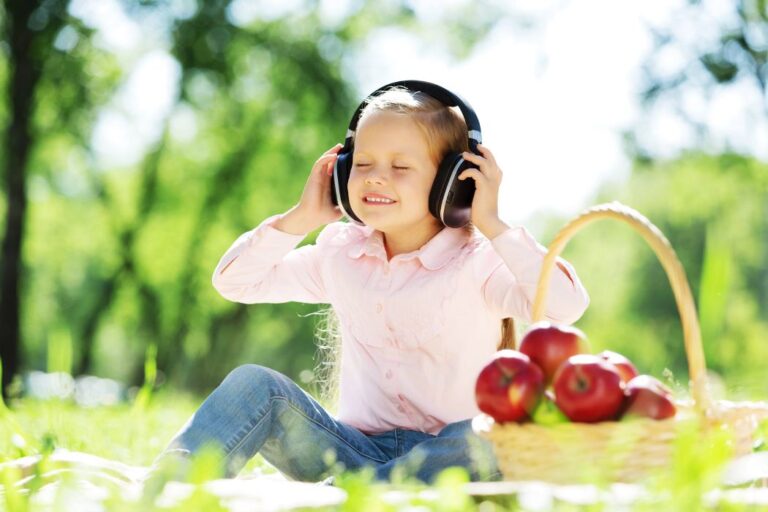
Sound is how we navigate and engage with the world around us. Listening to sound allows us to recognize speech and language, connect with our surroundings, detect potential dangers, and derive pleasure from the sounds of nature, music, and musical instruments, among others. This process is how we perceive and experience the world.
Nevertheless, “noise pollution” must always be considered and adjusted. This term refers to excessive or unwanted sound from an external source that can adversely affect a person’s health and experience.
Sound can be used to emphasize a space’s ‘theme’ or ‘function,’ tailoring it to its intended purpose. By doing so, you are not only able to create the desired atmosphere, but also elevate the overall impression. In order to enhance the auditory experience further, you can select one of these sound options:
- Music
- Sound effects
- White noise
- Silence
MUSIC
Are you familiar with the Mozart effect? According to some studies, Mozart enhances spatial-temporal reasoning and problem-solving temporarily. Similarly, instrumental and baroque music also affect cognitive function.
It is undeniable that music enhances the experience of occupants and visitors in a space. The right background music or genre depends on the event and the space’s purpose, since it facilitates:
- Create the atmosphere: Music sets the tone and creates the atmosphere. A sophisticated and elegant atmosphere can be created with jazz or classical music, while a lively and energetic atmosphere can be created with pop or rock music.
- Sets the pace: Music can set the pace or rhythm of an event or activity. Slow-paced music can create a laid-back atmosphere, while fast-paced music can energize guests and encourage them to dance or move quickly.
- Guide emotions: Music can guide emotions in guests or participants. A cheerful or happy song can bring a sense of joy, while a familiar or sentimental song can make you feel nostalgic.
- Enhances the theme: Music enhances the theme, for example, traditional music at cultural events or seasonal music during holidays makes the event more immersive and authentic.
- Create the atmosphere: Music sets the tone and creates the atmosphere. A sophisticated and elegant atmosphere can be created with jazz or classical music, while a lively and energetic atmosphere can be created with pop or rock music.
SOUND EFFECTS
Any event or space can be transformed into an engaging and captivating experience with sound effects. Here’s how:
- Establishing a theme: Sound effects help establish a specific theme or mood. You can add ocean sounds to create a beach or tropical theme, or bird chirping and forest sounds to create a nature-inspired or outdoor theme.
- Creating an ambiance: Sound effects can be used to provide background noise. In a spa or wellness center, soft music or rain sounds can create a tranquil atmosphere. In contrast, stadium sounds can add an exhilarating atmosphere to a sporting event.
- Guiding attention: Sound can also guide attention to certain areas or activities in a room or event. Applause or cheers can be used to draw attention to a performer or speaker, or you can use a doorbell sound to alert guests.
- Establishing a theme: Sound effects help establish a specific theme or mood. You can add ocean sounds to create a beach or tropical theme, or bird chirping and forest sounds to create a nature-inspired or outdoor theme.
WHITE NOISE
The term white noise refers to a continuous, uniform sound that covers all audible frequencies to mask or neutralize background noise. Especially in environments with distracting or disruptive noise levels, ‘white noise’ can create a more comfortable atmosphere. It is important to select the right level of white noise and adjust it as necessary. The use of white noise can be attributed to various reasons:
- Mask other noises: White noise can mask other unwanted noises in the environment, such as traffic or construction sounds.
- Promote relaxation: White noise reduces distractions and calms the mind, especially in offices, classrooms, and libraries, where people need to concentrate.
- Create privacy: White noise can also mask conversations and other sounds that might be overheard. This can be useful in settings like hospitals or counseling offices where confidentiality is important.
- Improve sleep: White noise helps people fall asleep faster and stay asleep longer by creating a consistent and soothing background sound.
- Mask other noises: White noise can mask other unwanted noises in the environment, such as traffic or construction sounds.
SILENCE
In certain situations, silence can be equally relevant to creating a proper atmosphere, for instance:
- For focus and attention:Silence reduces distractions, allowing people to focus on a task or activity. This is useful in classrooms, study areas, or workplaces where people need to concentrate on their work.
- Brings a sense of calm: Silence reduces the stimulation of a busy environment, creating a sense of calm and tranquility. Meditation rooms, yoga studios, and wellness centers can use this to promote mindfulness and relaxation.
- Encourage reflection and contemplation: Silence creates an introspective atmosphere that promotes reflection and contemplation. For example, galleries and museums could benefit from this in order to encourage visitors to appreciate and reflect on exhibits.
Things To Remember When It Comes To Sound:
- Control the volume: The volume of the sound should be adjusted according to the size of the room and the number of attendees. Particularly in work environments, it should be audible without being too loud. Conversations can be enjoyed at a comfortable volume, which encourages interaction between occupants or guests.
- Consider acoustics: Acoustics describes how sound travels and amplifies within any space. To reduce echoes and improve the quality of the sound, sound-absorbing materials (e.g. area rugs, drapes, etc.) may be necessary in rooms with poor acoustics.
- Last but not least, if you are planning an event where noise will disrupt the experience, consider politely asking guests to turn off their mobile phones beforehand. Alternatively, you could assign someone to assist crying babies or noisy children and take them outside if necessary. Having parents enjoy themselves without worrying about their children means everyone can focus on the message being conveyed at the event.
- Control the volume: The volume of the sound should be adjusted according to the size of the room and the number of attendees. Particularly in work environments, it should be audible without being too loud. Conversations can be enjoyed at a comfortable volume, which encourages interaction between occupants or guests.
3. Sense of Smell: The Transformative Power of Scent

Have you ever entered a hotel lobby and been greeted by such an amazing scent that you couldn’t help but take a deep breath? Just the initial experience of your sense of smell being uplifted by this encounter can have a profound effect on the rest of your stay. This principle extends beyond hotels; your home, office, and other spaces, as well as various occasions, are no different.
How Scents transform events or interior spaces
When it comes to any space or occasion, don’t underestimate the power of scent. The right aroma can instantly shift the energy of a room in so many ways, like:
1. Add to the ambiance:
Scent sets the mood. Cozy aromas like vanilla create warmth and comfort, while citrus notes feel fresh, vibrant, and energizing.
2. Trigger emotions:
Scent connects to memory, and memory stirs emotion. The smell of freshly baked cookies might spark feelings of nostalgia and happiness, while clinical or antiseptic scents may trigger anxiety. Calming scents like lavender or chamomile can encourage relaxation and ease.
3. Activate memories:
A single scent can transport you. Fresh-cut grass might bring back carefree summer days, while the scent of roses or lilacs could remind you of weddings or loved ones. Perfumes and colognes often evoke specific people or past chapters of life.
4. Enhance the theme:
Scent can support the overall vibe. Use pine or eucalyptus for a forest-inspired space, or coconut and sea salt for a beachy feel. It’s like styling a room with aroma.
5. Support the space’s purpose:
Smells can align with how a space is meant to feel or function. Lavender and sandalwood are ideal for rest and reflection in a yoga or meditation room. Peppermint or eucalyptus work well in workout spaces for a boost of energy. Citrusy scents uplift, floral scents add romance, and woody or earthy tones offer warmth and grounding.
6. Create a cohesive experience:
A consistent scent profile can unify your home or event. Using the same or complementary scents in your entryway, living room, and kitchen creates flow and connection from room to room.
7. Mask unwanted odors:
Scent can be practical, too. It helps neutralize strong cooking smells, pet odors, or mustiness—replacing them with something clean, pleasant, and welcoming.
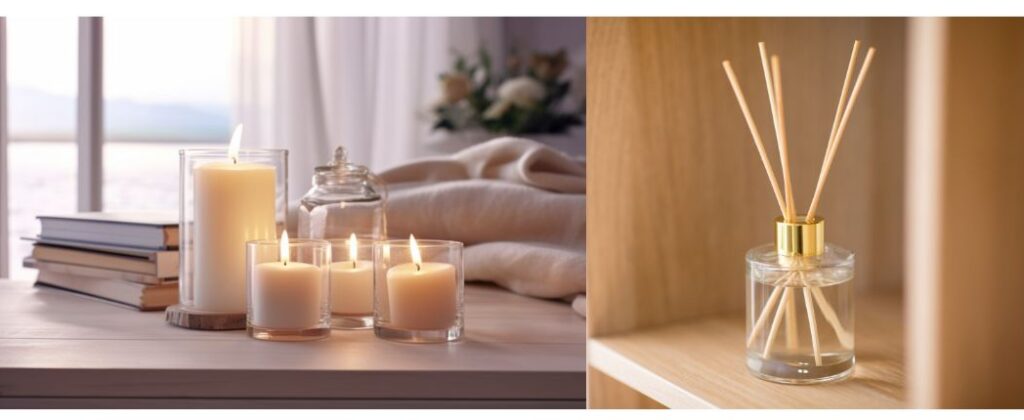
Candles
We love using scented candles or diffusers with pure essential oils to enhance the scent of a room, but there are other choices such as potpourri, room sprays, and scented plug-ins as well. If using “synthetic fragrances“, it is important to avoid overdoing it as this can irritate the nose and throat. Opening the windows to let fresh air in is the best alternative if scenting the room is not possible!
Scents Affect Consumer Behavior:
The use of scents by businesses to influence consumer behavior is fascinating. The following examples illustrate how scent influences consumer behavior:
- Movie theaters use popcorn aromas to create a welcoming and familiar atmosphere.
- The aroma of freshly brewed coffee in cafes and coffee shops stimulates the senses and invites consumers to come, stay, enjoy, and return for more.
- Cinnamon or vanilla are used at open houses to create a warm, welcoming environment, which could increase sales.
- Casinos use peppermint and citrus fragrances to create a positive and exciting atmosphere to encourage guests to play.
- Often, luxury hotels use scents like jasmine or sandalwood in their lobbies and common areas to convey an atmosphere of elegance and relaxation.
- Dealerships may diffuse scents like leather or new car smell to create an enticing atmosphere that associates their vehicles with freshness and desirability. This affects buyers’ purchase decisions.
- Some gyms and fitness centers use energizing scents like citrus or eucalyptus to invigorate visitors, improving their workout experience and motivating them to return.
5. Sense of Sight: Visuals that Influence Mood

We are visual creatures, and our surroundings negate our perception. It is through the sense of sight that we can appreciate the beauty of our environment and make sense of the world around us.
Sight allows us to appreciate everyday beauty and objects, from natural scenery to art and design. By paying attention to the visual and sensory elements of a space or event, we can create the intended atmosphere. This dramatically affects how people feel and behave. There are several ways to accomplish this:
- The color scheme within a space
Colors in a space, for instance, impact emotion and set the tone. Using warm and vibrant colors generates energy and excitement, whereas applying cool and muted colors conveys a sense of calm. Check out some more tips on how to use colors to create your desired atmosphere, also consider room lighting when selecting colors.
- Bold or unusual colors can make a statement
- Reds, oranges, and yellows create warmth or vitality
- Blues and greens induce calm and relaxation
- Pinks and purples offer middle ground
2. Decor and furnishings
Decor and furnishings also influences a space’s atmosphere. A luxurious fabric or ornate design, for instance, can make a space appear opulent and grand. Minimalist interiors appear simple and calming. The decor of a room can also influence its atmosphere, for instance, natural materials create a holistic feel, while modern decor produces a sophisticated one.
3. Lighting fixtures
Different moods can be created with lighting, as well – dim lighting can create a romantic mood, while bright lighting can energize and stimulate the senses. Furthermore, lighting can highlight certain features or create a focal point. Using light to spotlight a centerpiece or artwork creates a dramatic effect that draws attention.
4. Floor plan or layout.
Layouts or floor plans can also affect how one feels, with open layouts creating a friendly and open atmosphere, while structured layouts promote efficiency.
Empty space, often referred to as negative space, can also affect the overall visual impact. Negative space creates a sense of harmony and balance, while cluttered spaces can feel overwhelming and chaotic.
Ultimately, intentional design for the sense of sight involves the most efficient use of lighting, color schemes, decor elements, and spatial layout so that the intended function or purpose of the space is achieved.
6. Sense of Taste: Flavor’s Role in Creating Memorable Experiences

While our sense of taste may not always be the primary focus when creating the perfect ambiance and setting the right tone for events, it undeniably plays an essential role. Taste inspires familiarity, excitement, or nostalgia. Family recipes baked at home bring back nostalgia for cozy childhood days. Creating a luxurious or celebratory atmosphere with gourmet meals is easy when you use their aromas and tastes.
A gathering or event that includes food and drinks is more enjoyable and guests feel delighted. In addition, the choice of food and beverages affects the mood and sets the tone for the event. No matter whether it’s a formal dinner with elaborate, elegant dishes or a casual backyard barbecue with flavorful, simple dishes.
Aside from taste, food quality, variety, and presentation can leave a lasting impression on our minds. Great food makes a great event even better! Sometimes, your guests will remember the food long after everything else has been forgotten!
Even if it is not a formal mealtime event, it is polite to provide snacks and drinks to your guests. You do this both to avoid hangry moments and to show that you care about your guests’ comfort.
6 ways Taste makes events and occasions more memorable!
- Mood and associations
There are different feelings and associations associated with the flavors and types of food and beverages. The warmth of a cup of cocoa, for example, creates a cozy and comforting atmosphere at a winter gathering. Moreover, familiar flavors create pleasant emotions, which enhance the atmosphere and attendee experience. - Social interaction:
Guests can mingle and converse as they choose their favorite dishes at buffets or food stations. Food conversations create connections and social engagement, which contribute to the atmosphere. - Cultural experience:
A culturally rich atmosphere is created by incorporating the flavors and aromas of diverse cuisines into an event. - Taste & workplace relations
Taste can also foster collaboration and productivity in the workplace. The availability of healthy snacks and beverages, for example, promotes employee wellness, allowing them to stay energized during the day. A positive and supportive environment can also be created by celebrating achievements or milestones with special treats or catering. - Food and drink flavors
Foods trigger memories and emotions based on their taste. Having pot pie or chicken noodle soup might feel nostalgic, while eating spicy or exotic food might feel adventurous. The theme or the atmosphere can also be complemented by drinks. An elegant cocktail might be served at a fancy gathering, whereas a fruity drink might be served at a casual gathering. - A tasteful presentation: Last but not least, guests’ enjoyment of food and drinks is enhanced by not only their taste, but also by its presentation. To maximize the power of presentation, food must be visually appealing, impressionable, and inviting. Consider using stunning placemats, bespoke platters & bowls, and themed cloth napkins to add more pizzazz to your table.
Taste influences mood, builds positive associations, and provides memorable sensory experiences. So savour this sense and experience the flavour!
Sixth Sense – Intuition: Adding Depth to Design

The sixth sense is sometimes called a “psychic” sense because it extends beyond sight, hearing, touch, taste, and smell. This extrasensory perception can be described as “feeling” or “intuition,” and provides us with information in ways not explained by the five physical senses.
We all possess the sixth sense, but if it is not exercised or utilized, it can become dormant or even lost. There are many ways to make use of the sixth sense. Many people use it for guidance in their everyday lives, while others connect with the world around them. It can also help people tap into their creative side and harness intuition to create the perfect ambiance!
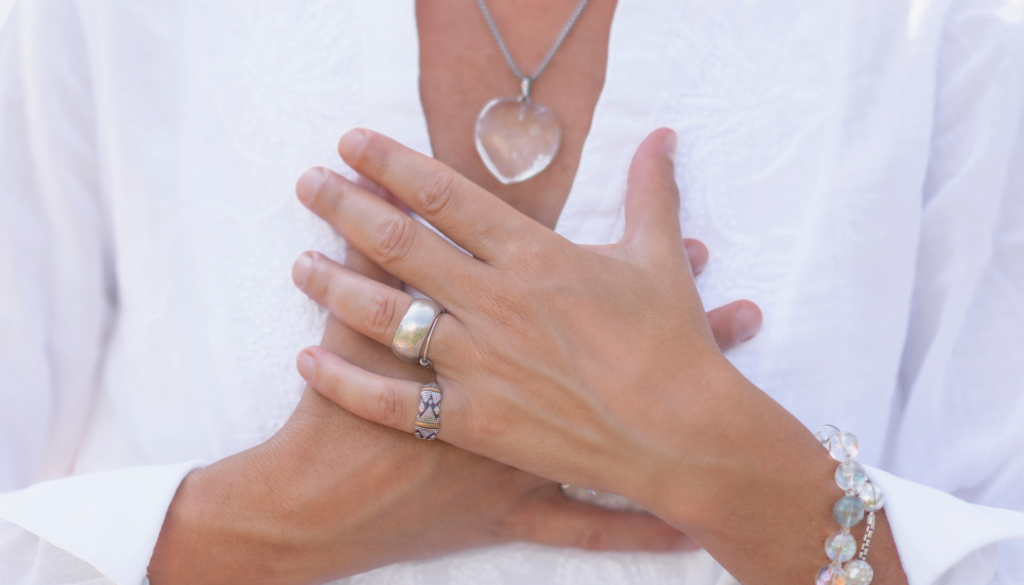
Pay attention to your gut instincts. If something doesn’t feel right, it probably isn’t. Visualize the atmosphere or experience you want to create for your event or space. Infuse energy into making it a memorable experience by imagining it as a positive environment.
It is the small things that have a big impact when designing spaces intuitively. Think about people’s needs, preferences, and values when designing a space or hosting an event.
For instance, when designing a space for young professionals, embrace open floor plans with clear sightlines to encourage interaction and teamwork. Utilize chic, modular furniture and movable partitions to create flexible workspaces. Or add a touch of nature with biophilic elements such as plants and natural materials for a holistic effect.
A helpful tip is to consider past experiences where a well-designed space or an amazing event left a lasting impression. Think about what made it unique and incorporate those elements into your design.
It’s your sixth sense that brings it all together and creates the perfect ambiance for any space or occasion. Use it wisely!
Point Of Alignment

When people enjoy an event you’ve thoughtfully organized or appreciate a well-designed space you’ve created, it’s the most rewarding feeling. Create lasting impressions with these simple yet impactful steps for a multisensory experience!

